The Essential Guide to Preparing Zongzi: Materials and Ingredients for Traditional Chinese Meat-Stuffed Rice Dumplings*
Zongzi, a beloved traditional Chinese dish, holds a cherished place in culinary culture, particularly during the Dragon Boat Festival. These pyramid-shaped rice dumplings, wrapped in bamboo leaves and filled with savory or sweet ingredients, are a symbol of heritage and craftsmanship. For meat lovers, the rouzong (肉粽), or meat-stuffed Zongzi, is a delectable variant that combines tender pork, aromatic spices, and sticky glutinous rice. Crafting the perfect Zongzi requires careful preparation of ingredients and tools. This guide delves into the essential materials needed to create authentic, flavorful meat Zongzi, ensuring a delightful culinary experience.
Glutinous rice, also known as sticky rice or nuomi* (糯米), is the cornerstone of Zongzi. Its high starch content gives Zongzi its signature chewy texture and ability to hold shape during cooking.
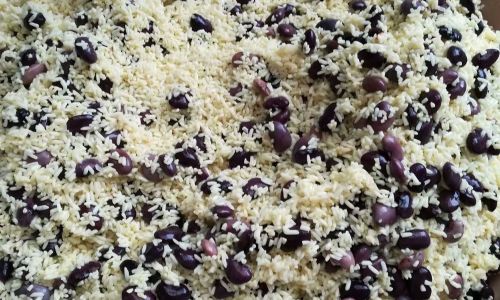
- Selection: Opt for short-grain glutinous rice, which becomes soft and sticky when cooked. Long-grain varieties lack the necessary stickiness.
- Preparation: Rinse the rice thoroughly under cold water until the water runs clear. Soak the rice for at least 4–6 hours (or overnight) to soften the grains, ensuring even cooking and a plump texture.
- Seasoning: Drain the rice and mix it with seasonings like soy sauce, dark soy sauce (for color), sesame oil, salt, sugar, and white pepper. This infuses the rice with umami and depth.
Wrapping Essentials: Bamboo Leaves
Bamboo leaves (zhurongye, 粽叶) impart a distinct earthy aroma to Zongzi and are traditionally used for wrapping. Their flexibility allows them to mold into the iconic triangular shape.
- Sourcing: Fresh bamboo leaves are ideal but may be hard to find outside Asia. Dried leaves are a common alternative and require rehydration.
- Preparation:
- Dried leaves: Soak in warm water for 2–3 hours until pliable. Wipe clean to remove debris.
- Fresh leaves: Blanch in boiling water for 1–2 minutes to soften and enhance fragrance.
- Alternatives: In a pinch, use reed leaves, banana leaves, or even corn husks, though the flavor will differ.
Star Ingredient: Marinated Pork
The heart of meat Zongzi lies in tender, flavorful pork. Pork belly or shoulder is preferred for its fat content, which melts during cooking, keeping the filling moist.
- Cut: Use 1.5–2-inch cubes of pork belly or shoulder. The fat renders during steaming, infusing the rice with richness.
- Marinade: A robust marinade is key. Combine:
- 3 tbsp light soy sauce
- 1 tbsp dark soy sauce (for color)
- 1 tbsp oyster sauce
- 1 tbsp Shaoxing wine (or dry sherry)
- 1 tbsp sugar
- 1 tsp five-spice powder
- 2 garlic cloves, minced
- 1-inch ginger, grated
- Method: Marinate the pork for at least 4 hours (or overnight) to allow the flavors to penetrate the meat.
Aromatic Enhancers: Dried Mushrooms and Chestnuts
These ingredients add texture and umami to the filling, balancing the richness of the pork.
- Dried Shiitake Mushrooms:
- Rehydrate in warm water for 30 minutes.
- Squeeze out excess liquid and slice into strips.
- Sauté with a touch of oil, garlic, and soy sauce for extra flavor.
- Chestnuts:
- Use pre-cooked vacuum-packed chestnuts for convenience.
- Halve them to prevent dominance in each bite.
Binding Agent: Dried Shrimp and Salted Duck Eggs
Optional but highly recommended, these ingredients elevate the Zongzi’s complexity.
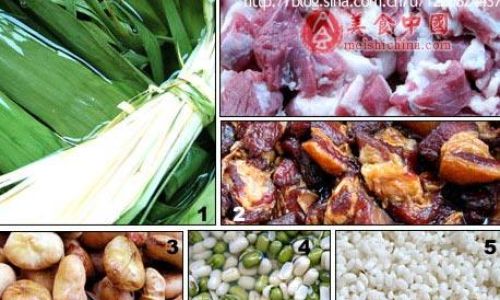
- Dried Shrimp:
- Soak in warm water for 15 minutes, then drain.
- Adds a briny, savory note.
- Salted Duck Egg Yolks:
- Use store-bought or homemade.
- Halve yolks and place one in each Zongzi for a creamy, salty contrast.
Seasonings and Condiments
A harmonious blend of seasonings ties the ingredients together:
- Soy Sauce: Use a mix of light (for saltiness) and dark (for color) soy sauce.
- Sesame Oil: A drizzle adds nutty richness.
- Sugar: Balances the savory notes with a touch of sweetness.
- White Pepper: Enhances the overall aroma without overpowering.
- Five-Spice Powder: A blend of cinnamon, star anise, fennel, cloves, and Sichuan peppercorns.
Tools for Wrapping and Cooking
Equip yourself with these essentials to streamline the process:
- Large Pot or Steamer: For boiling or steaming Zongzi. A deep pot with a tight-fitting lid ensures even cooking.
- Twine or String: Use cotton twine or kitchen string to secure the leaves. Avoid synthetic fibers, which may melt.
- Scissors: For trimming excess leaf ends.
- Bowl of Water: Keep hands moist while handling sticky rice.
- Pressing Tool: A small spoon or spatula helps pack the filling tightly.
Regional Variations and Customizations
Zongzi recipes vary widely across China, reflecting local tastes and ingredients:
- Cantonese-Style: Often includes salted egg yolks, dried scallops, and mushrooms.
- Zhejiang-Style: Favors soy sauce-marinated pork without additional fillings.
- Hakka-Style: Incorporates dried shrimp and fermented bean paste.
Experiment with substitutions like ground pork, chicken, or even beef for a personal twist.

Storage and Preservation
Zongzi can be made in advance and stored for later enjoyment:
- Refrigeration: Keep cooked Zongzi in an airtight container for up to 5 days.
- Freezing: Wrap tightly in plastic wrap and freeze for up to 3 months. Thaw overnight before reheating.
- Reheating: Steam for 15–20 minutes or microwave with a damp paper towel to retain moisture.
The Art of Wrapping
Mastering the wrapping technique is crucial to prevent leakage and ensure even cooking:
- Layer Two Leaves: Overlap two bamboo leaves, shiny side down, to form a cone.
- Add Rice and Filling: Place a spoonful of seasoned rice, followed by pork, mushrooms, chestnuts, and egg yolk.
- Top with Rice: Cover the filling with another spoonful of rice.
- Fold and Secure: Fold the leaves over the filling, tucking the ends under to form a triangle. Tie tightly with twine.
Conclusion
Crafting meat Zongzi is a labor of love that celebrates tradition and flavor. By assembling the right materials—from premium glutinous rice and aromatic bamboo leaves to marinated pork and complementary fillings—you can recreate this culinary masterpiece at home. Whether adhering to a time-honored recipe or experimenting with regional twists, the process of wrapping and steaming Zongzi connects you to centuries of heritage. So gather your ingredients, embrace the rhythm of preparation, and savor the reward of a perfectly cooked Zongzi.
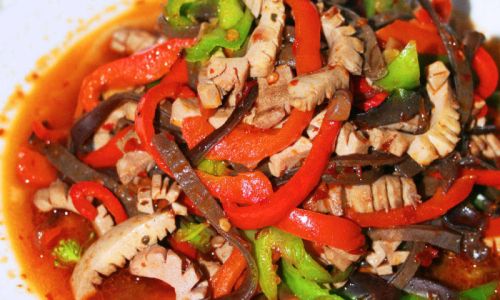
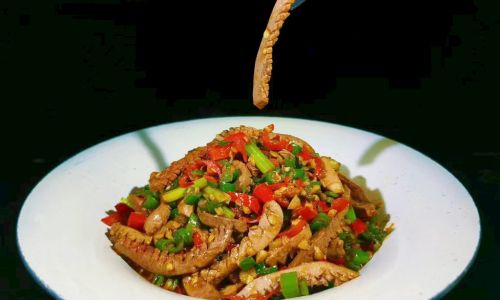

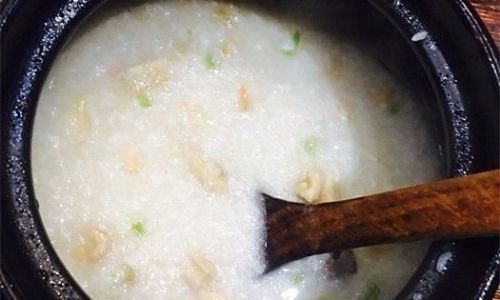

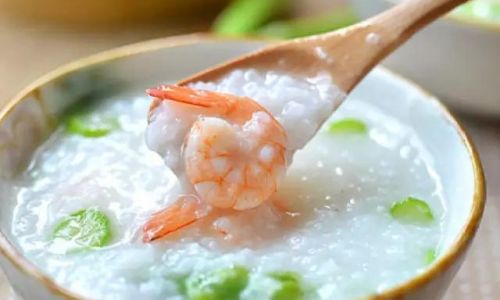
0 comments